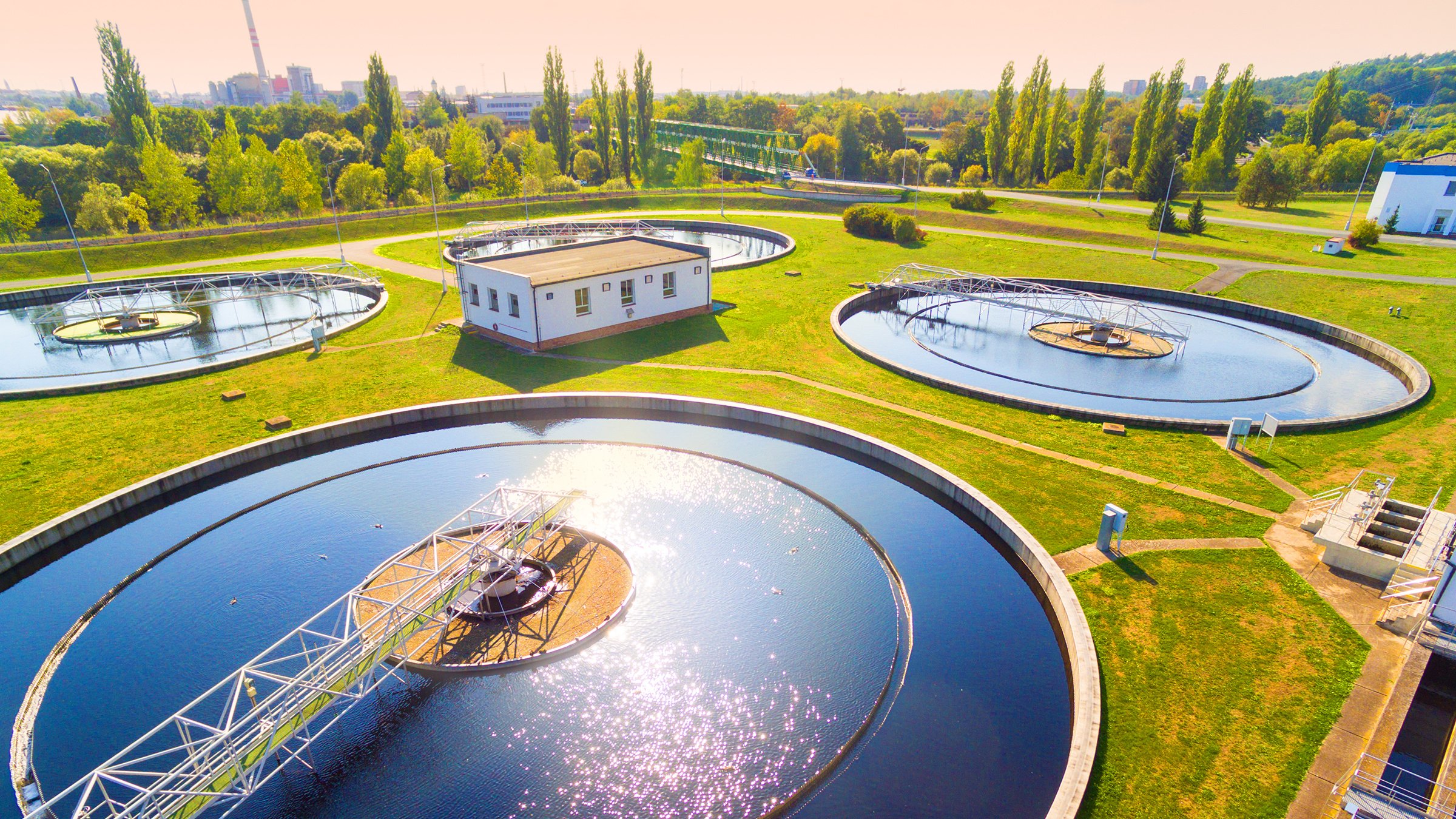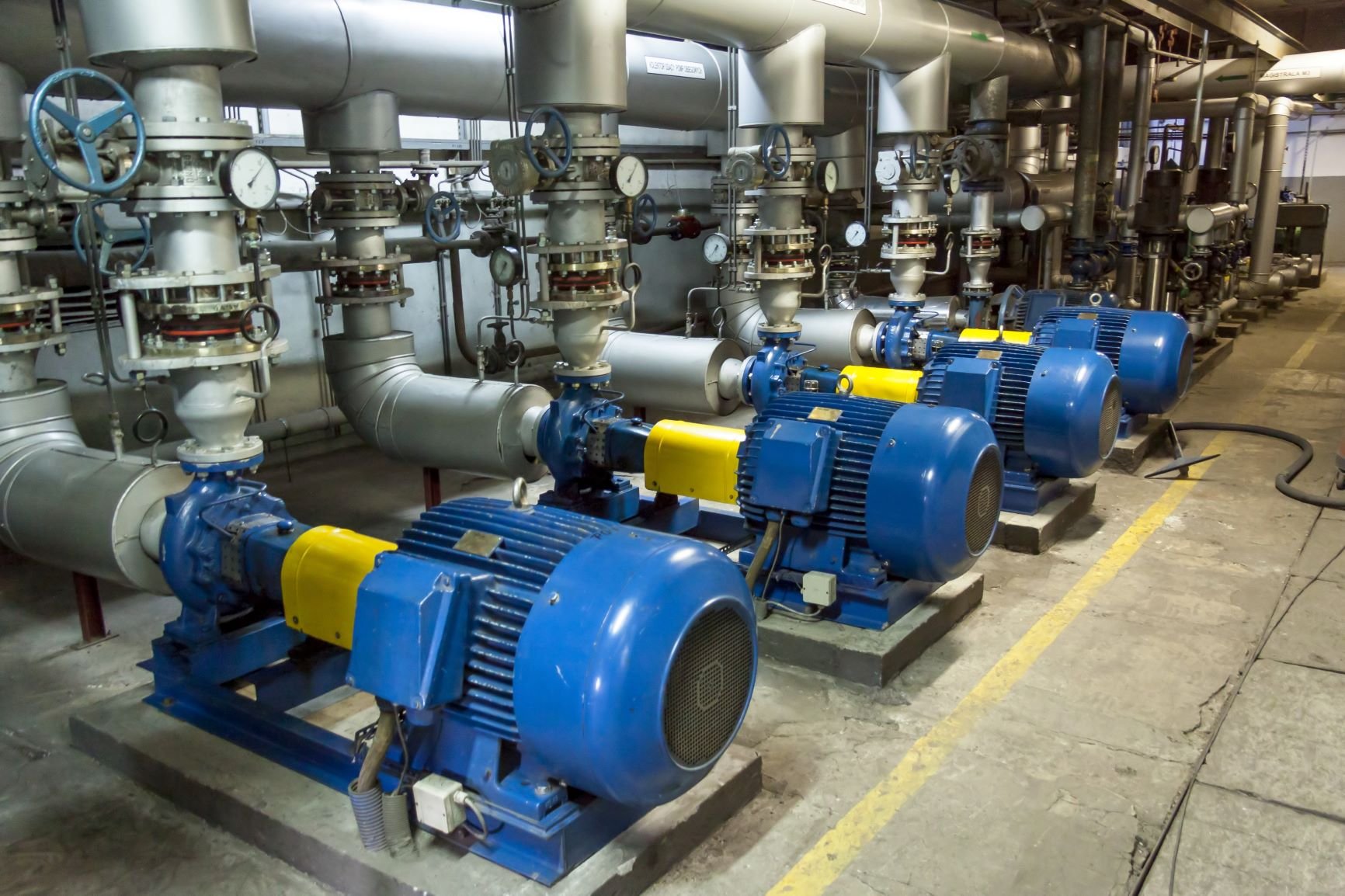
Wastewater Treatment Automation
Automated water systems are built on a network of robust data-collection devices. These devices provide minute-to-minute updates on water quality and equipment function. Many automated water software platforms are also designed with their own advanced analytics software — sometimes using cutting-edge technology like big data and artificial intelligence — to better store and analyze plant data.
PLC programming and troubleshooting
Operator Interface programming and troubleshooting
Variable Frequency Drive programming and troubleshooting
Motor troubleshooting
Preventative maintenance
Automation In Wastewater Treatment
Pumping Station
The pumping station is comprised of a large storage tank for storing the incoming wastewater from various individual sources. Upon reaching a pre-determined level, pumps transfer the wastewater to the next stage.
A level switch is installed in the station’s storage tank, which monitors the tank’s level. The level switch signals the main controller when the tank’s level falls below the set value. The main controller starts the pump to fill the tank. Similarly, the main controller stops the pump when the tank reaches the set value.
Flow sensors are also installed on the pumping stations to effectively control the incoming and outgoing liquid flow. The flow control measurements are necessary to adjust the flow relative to the tank storage capacity. Note that the pump is automated to adjust with different flow requirements and automatically starts/stops operation and adjusts its speed in response to changing flow requirements.
Grit Chamber & Aeration Tank
The grit chamber removes the wastewater’s suspended particles and requires accurate flow measurements together with the particle count to adjust the wastewater flow.
In an aeration tank, dissolved organic compounds are organically decomposed and separated from the wastewater. A mass flowmeter measures wastewater’s flow together with the suspended particles.
Aeration occurs with blowers that keep the particles suspended while the mass flow meters continuously monitor the inlet and outlet for wastewater flow and adjust the blower parameters.
Environmental Emissions
It is usual for the wastewater treatment plant to emit air containing different biological traces, and these emissions are necessary to monitor. They provide insight into treatment performance, help control the environment, and help maintain emissions data. Additionally, this helps comply with regulatory body requirements such as the Environmental Protection Agency (EPA) in the U.S.
In the wastewater treatment facility, gas detectors monitor the emissions. The sensors used should detect emissions as low as 0.25 SFPS [0.08 NMPS]. Before passing the emission through the gas detectors, moisture must be removed from the emission. If it is impossible to remove water from the emissions, it is necessary to select such an instrument that is unaffected by the moisture content.
Anaerobic Digestion/Biogas Systems
Anaerobic digestion takes place in a sealed vessel, often called a reactor. The reactor breaks down the organic waste with the help of digester gases, such as methane and CO2. The reactor's output includes solid, liquid, and gaseous compounds and can be used for many applications, such as renewable natural gas (RNG).
In anaerobic digestion, the digester gas' flow is monitored to ensure the output parameters do not drift away from the standard. The measurement also allows for controlling emissions.
Cogeneration & Combined Heat and Power (CHP) Systems
The output of wastewater treatment plants may include biogas, which can be used as an energy source. Biogases produced by digesters in wastewater treatment plants can be used in place of natural gas for applications such as electricity generation, steam production, and heating.
Wastewater facilities have a natural by-product of digester gas, producing biogas. Biogas can be used instead of natural gas. Its calorific value is adjusted to replicate natural gas.
Flow meters monitor the digester gas and maintain calorific value, ensuring the output gas contains maximum thermal capability.






